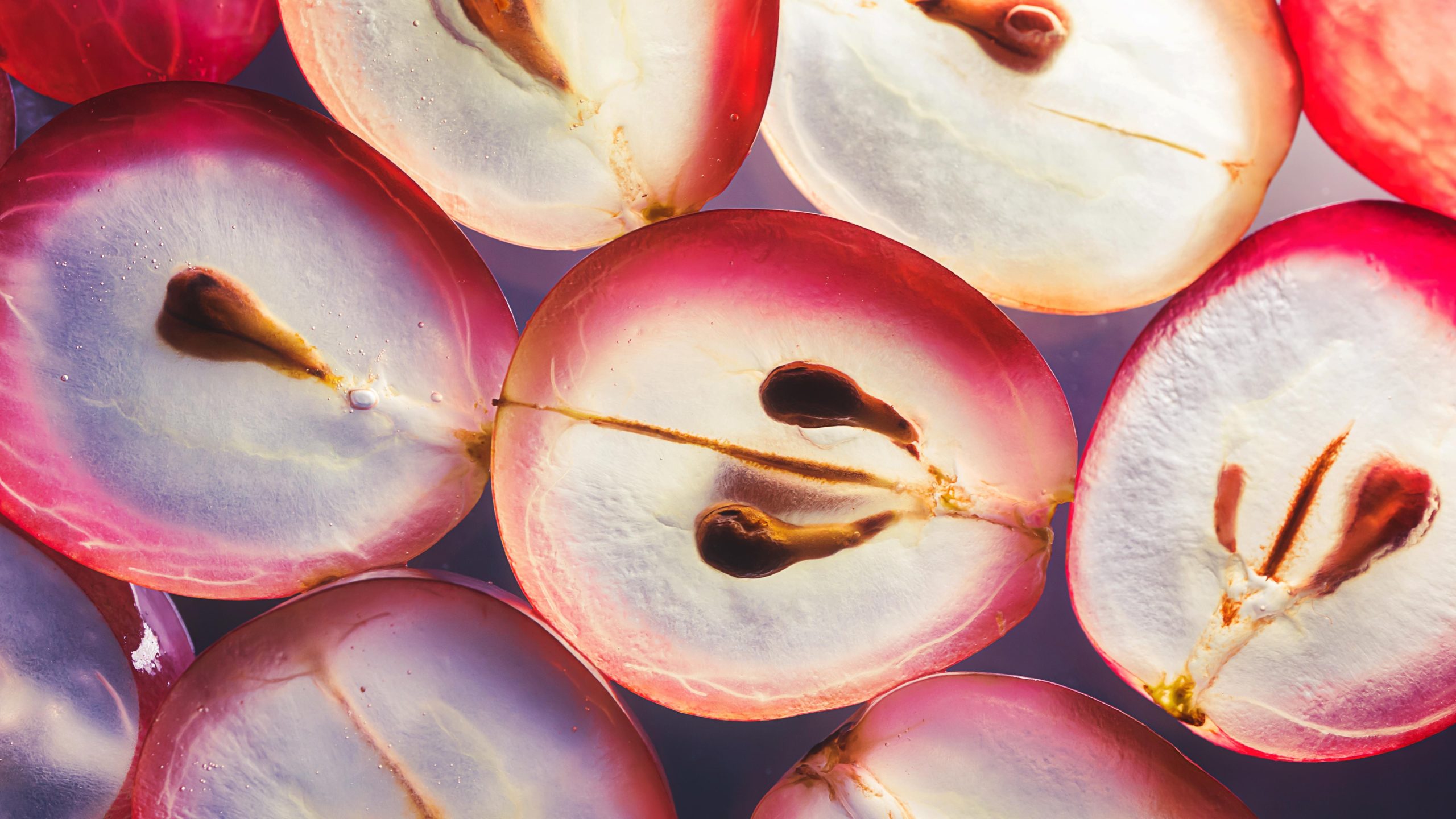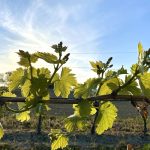Some blame tannins for headaches, others feel that their cheeks and gums are numb, most of them mistakenly call them “tannins” and only a few are good at detecting, appreciating them and choosing their wines according to their preferences related to this complicated compound present both in white wines (to a much lesser extent), as well as in the red ones. So let’s find out from this article:
What are tannins?
Where are the tannins found?
What taste do the tannins of the wine give?
What is the use of tannins?
How does wine regroup when interacting with wood?
Tannins are complex substances, of phenolic type (along with anthocs, flavones and phenolic acids) that accumulate in grapes after the transformation of carbohydrates (carbohydrates / sugars). Plants synthesize two types of tannins: tanoid substances and real tannins. In grapes, only real tannins are formed, which can not be decomposed into simpler molecules by hydrolysis. Tannins are found in the largest share in seeds and bunches, and in skins they are found in very small quantities.

Where do tannins appear?
The highest content in tannins is recorded at the entrance to the parga of the grapes. During the ripening / ripening of the grapes, tannins are concentrated in the seeds. The most bitter tannins are found in bunches, an observation that led to the generalized practice of their removal (desciorchination) in the process of processing grapes. The press must is always richer in tannins, therefore, only the ravac The tannins in the seeds are much more bitter than those in the skins of the grapes. Red wines are richer in these compounds, given the prolonged contact with bostina (berry skins) during alcoholic fermentation.
The use of the term plural is recommended, because tannins are very diverse, and their group contains chemical structures that have antibacterial properties or not. The presence or weight of the predisposition to synthesize certain variants of tannins can be controlled from a genetic point of view. Cabernet franchas the ability to accumulate in seeds a higher concentration of fine tannins, compared to Cabernet Sauvignon.
Tannins are extremely sensitive to the presence of oxygen and therefore, their antioxidant properties are remarkable. Protecting the must from the black grapes, the tannins are sacrificed, fixing the molecular oxygen and easing the work of the winemaker. This explains why, with allies such as tannins, it is much easier to produce red wine or the so-called garage vin de garaj.
What taste do the tannins of the wine give?
A certain group of tannins oxidizes too quickly, resulting in “browning” of the wort – transforming the color into brown shades. Only sulphite can protect these wines from oxidation. The antioxidant action of the tannins in the must and wine quickly found its use as an antiseptic (red wine helps to heal wounds in the oral cavity much faster, following dental surgery) or as a coronary protector in the prevention of cardiovascular accidents.
Each person perceives differently the astringent or bitterness of the wine, due to tannins, because they react with saliva in a complex process (co-polymerization), which is its own and individualized. In tasters’ training, the test of sensitivity to bitter taste is mandatory, so that the education of perception is not altered by its threshold.
A person with a low threshold of sensitivity to bitter taste will perceive even the finest traces of tannins, will love delicate, subtle wines, from semi-dry to sweet. At the opposite pole, a person with a high threshold of sensitivity to bitter taste, will love coffee without sugar, arugula, endives and dry, extractive and tanninous red wines. It is obvious that a high threshold of perception offers a much wider range of determination of bitter taste, regardless of the scope.
What is the use of tannins?
Tannins have uses in many industrial fields. In winemaking, tannins ensure protein stability by precipitating excess protein or help in the process of clarifying to cleave with geltin. Use of tannic acid (synthetic tannin) or oenotanin (natural tannin extracted from grape seeds). Oenotananine is marketed as a powder and is most active in eliminating proteins from wine, in the finishing stage.
Used especially in cosmetics and gastronomy, with a low content of oenotanin, grape seed powder is an increasingly sought-after wine by-product, along with grape seed oil, which is fine, odorless and with a neutral taste, excellent to be used in salads or pastry.
Barricades or chips
The way we perceive the tannins in the wine can also depend a lot on the interaction with the wine with the oak wood.
Surely you have heard that “some put a kind of “ness” of oak wood, to quickly age the wines”. It is an erroneous perception of the use of oenotanin, which is used for conditioning, for protein stabilization of wines.
When it comes to imagination, there is no being more inventive than man! The use of oak wood, to give softness to the tannins in the wine, is a method that has evolved with the manufacture of this liqueur as sophisticated as it is pretentious.
Where did the idea of using oak wood for this purpose come from? Let’s look a little bit at how wooden barrels are made. “Only the laymen can say instead of a baric, a barrel!” said Octavian Firu (Unicom Holding), in an interview. The barric gathers in him time, work, art and skill. Barrel means geometry, technique and force.

Before being processed into staves, to give shape to the barricades, oak wood is matured for 2-3 years outdoors, in the sun, rain, snow, frost / thaw and wind. All these weathering washes the heavy wood tannins, those with large molecules, which are used in the tanning industry, to give finesse to animal skins. The wood obtained after this exposure to environmental factors will be poor in tannins and avid (thirsty) after them. In order to be able to curve the wood during the manufacture of the barricades and to temper the appetite of the wood in order to restore its phenolic structure by extracting from the exposed wines an uncontrollable quantity of tannins, the tonnelieri craftsmen (barrel carpentry) subject it to a burning / interior roasting with different intensity: light / light (en.), medium / medium (en.) and hard / hard (en.).
In the wine industry, oak wood is used in a lot of forms: lines, vats, bathtubs, buds, barrels, barrels, staves / staves / staves / slats, cubes, chips, powder. Pay attention to the chip/ chips (en.) made of wood! If we say chips / chips we instantly move to the bowl with potatoes cut into round and thin slices, fried in oil and consumed cold.
The burning or frying of wood used to “soften” the tannins in the wines during maturation is also applied to the slats, cubes and chips. They act much faster on the wines with which they are put in contact, the woody surface that interacts with the wine being exponentially larger than the barricades or even the buds. It is often practiced and ageing in used barrels, refreshed by introducing oak cubes, which are sold in any quantity, from one hundred grams to the bag, the method that leaves the appearance of a classic barricade.

Cubes, chips and oak wood powders are much cheaper, act faster and are recommended for volume wines, which must be finished quickly and which are sold ready for consumption. The process of exposure in this way to oak wood does not recommend these wines for a long storage, because their evolution is accelerated and they will not accumulate added value over time.






